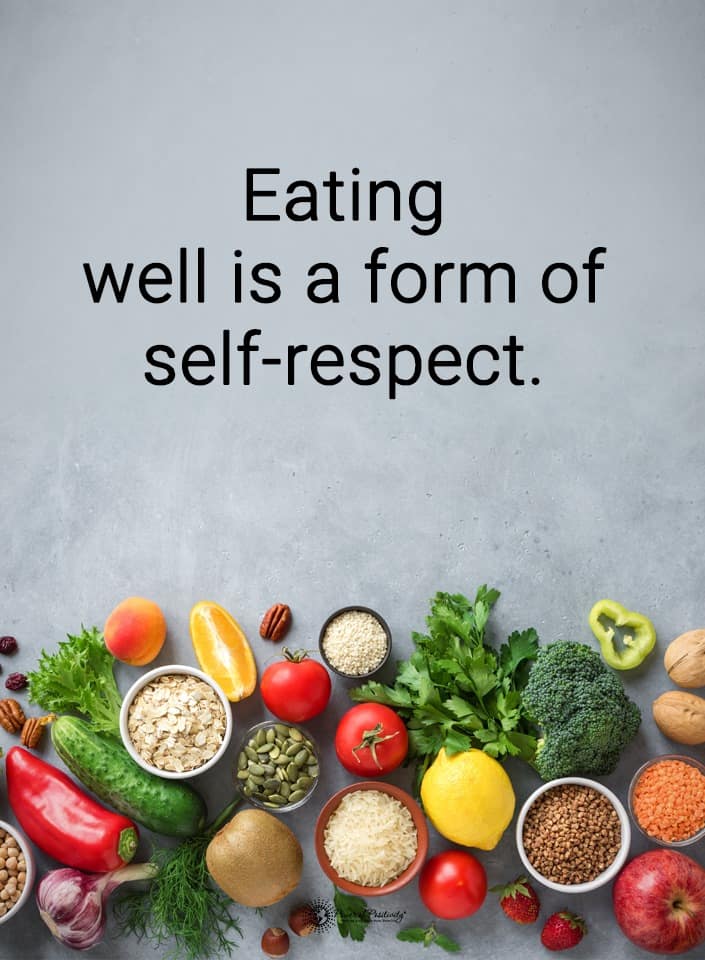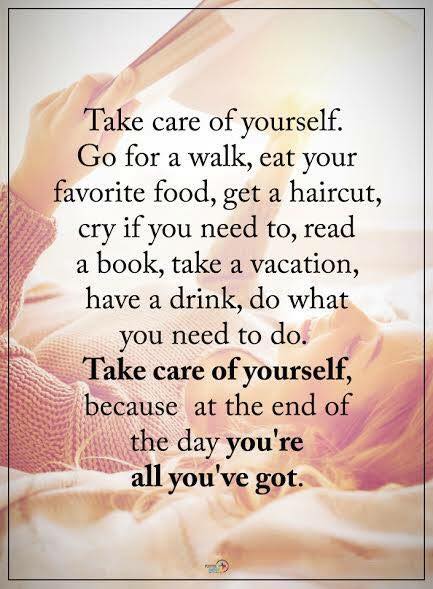When it comes to attraction, men and women are quite different. This is particularly true for (a) what we’re attracted to, and (b) how we demonstrate attraction. This article focuses on the female side of (b). That said, attraction is exhibited in ways that are subtle or obvious. However, a little bit of knowledge and attention to body language may just make it easier to for our male reader.
Here are 12 body language signs that she may be falling for you:
“I believe very strongly that when it comes to desire, when it comes to attraction, that things are never black and white, things are very much shades of grey.” – Brian Molko
1. She’s fidgeting (one of the most prominent body language cues)
Attraction can be nerve-wracking for both men and women. The reason: we’re attempting to determine whether or not the attraction we have is mutual; often evoking feelings of uncertainty and nervousness. As a result, a woman will often become fidgety or fiddle with their jewelry, drink, phone or something else.
2. She makes prolonged eye contact
Eye contact is a universal sign of human attraction. Ever notice how infants fix their gaze on people or objects that interest them? Same concept. This trait is most noticeable during initial conversation – a woman will stare intently into a man’s eyes while he speaks, and not allow her eyes to wander.
3. She’s smiling at you
Not much explanation needed here. Women tend to smile at men they’re attracted to more often than others. Smiling is a sweet and simple gesture, and a wildly-attractive one at that. Ask any man or woman in love, and they’ll reiterate the exact same thing.
4. She talks about you
Most women will safeguard revealing information, whether it be from a friend or stranger. Of course, unless, they don’t intend for the information to be safeguarded. What do they do? Most often, they’ll use their friend as a “courier,” who shares these juicy tidbits with the man-of-interest. Or, more simply, a man just gets feedback from others that she mentions him a lot.
5. She shares her story
Women are very apprehensive in sharing details of their lives with men, and rightfully so. However, a woman may reveal details of more significance with a person they’re attracted to. Interestingly, men have a tendency to do the same thing! So, if a woman (or man) shares a little intimacy with you early-on – it may just mean something significant.
6. She blushes (involuntary body language cues)
Ah, yes…the blush. One of the few potentially-obvious signs of attraction…why? Blushing is entirely involuntary – an autonomic response. If a woman blushes in front of a man it is usually for one of two reasons: embarrassment or attraction.
7. She exhibits “open” body language
Women that are attracted to a man often minimize the number of things (e.g. phone, purse, distance) separating them. One example that comes to mind: when a woman rests her arms on the table (e.g. at a restaurant or bar) in front of the man and plays with her smartphone. This is an obvious sign of disinterest; whereas quick checking her phone before quickly putting it in her purse may be another story. Also, the closeness (or distance) she maintains while walking together is often a good indicator.
8. Her voice pitch
According to a study published in The Journal of Nonverbal Communication, a person will change the tone and pitch of their voice when speaking to someone they’re attracted to. Specifically, women tend to lower their vocal tone when around attractive people.
9. She “mimics”
Most of us have done this since we were infants, a phenomenon known as “interactional symmetry.” We have an innate tendency to display similar mannerisms and nuances of people that interest us – coworkers, friends, relatives – even potential mates. Yes, even a woman that sarcastically “copies” a man to provoke laughter may be interested.
10. She goes out of her way
Going out of her way is kind of difficult to explain, easy to misinterpret, and is often displayed subtly. However, it may be a sign if a woman should “evade” other people in the room while loitering around a man. If she should bring the man something, as in a coffee or snack, it may be a sign. Put simply, if a woman seems to alter her behavior to accommodate, it may just be a signal.
Related article: 6 Signs Someone Is Trying To Win Your Heart
11. She shifts or touches her neck or hair (or other flirtatious body language)
A woman will play with or stroke her hair for a number of reasons; mainly because it displays femininity and it is (very) attractive. Conversely, “hair twirling” or slight pulling can signify boredom and a need for stimulation (i.e. “step up your game!”). The neck is another sensitive area for a woman that is attractive to a man. So, revealing her collarbone or rubbing her neck may signify attraction.
12. She giggles often
Spontaneous giggling in itself doesn’t necessarily signal attraction. However, women will subconsciously display frequent giggling episodes to exhibit a sense of youthfulness and fertility. Also, women will often giggle to portray a connection with your sense of humor. Women that possess a pure interest in a man also tend to make extended eye contact during while giggling at you.
(Note: these will not always signify attraction, nor are they universal in nature. A woman’s personality and mood – along with other innate traits – also plays a role. Attraction can be quite individualistic and enigmatic.)











 Beer is made from water, hops, barley, and yeast. It is mainly made of water, and water from different regions results in different tasting beer. Barley is the main ingredient in beer, though, and it is rich in starch.
Beer is made from water, hops, barley, and yeast. It is mainly made of water, and water from different regions results in different tasting beer. Barley is the main ingredient in beer, though, and it is rich in starch. 5. Beer May Improve Your Brain Health
5. Beer May Improve Your Brain Health Final Thoughts on Scientifically Proven Health Benefits of Beer
Final Thoughts on Scientifically Proven Health Benefits of Beer

